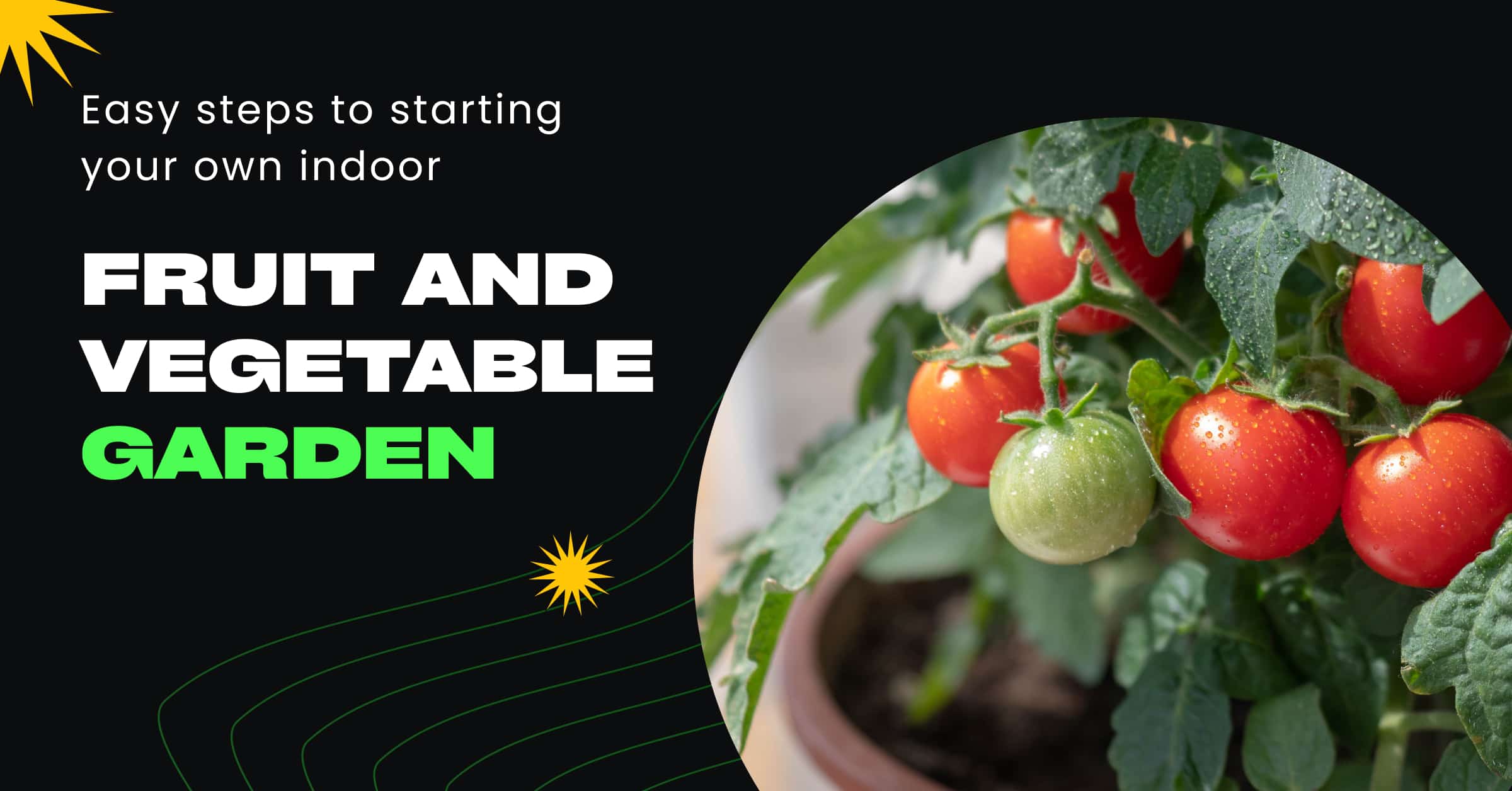Buried deep in the DNA of most human beings is the urge to acquire, own, and cultivate a plot of land.
The very notion of having and owning your own ‘homestead’ has for centuries driven emigrants and colonists far from their native homes.
It has driven city dwellers deep into the heart of the countryside.
It is a place to put down roots, both literally and metaphorically.
As times change the analogy of owning a ‘homestead’ no longer applies to most people. The best we can hope for is an apartment in the city — either owned or rented — or a house in the suburbs, if your budget can stretch that far.
But no matter whether we rent or buy a place of our own, the call of the soil still courses through our veins.
Save on a garden? You bet!
Get everything for your gardening needs via rewards app shops and receive great bonuses! Redeem rewards to gift cards and cryptocurrency.
Gardening deals at monetha
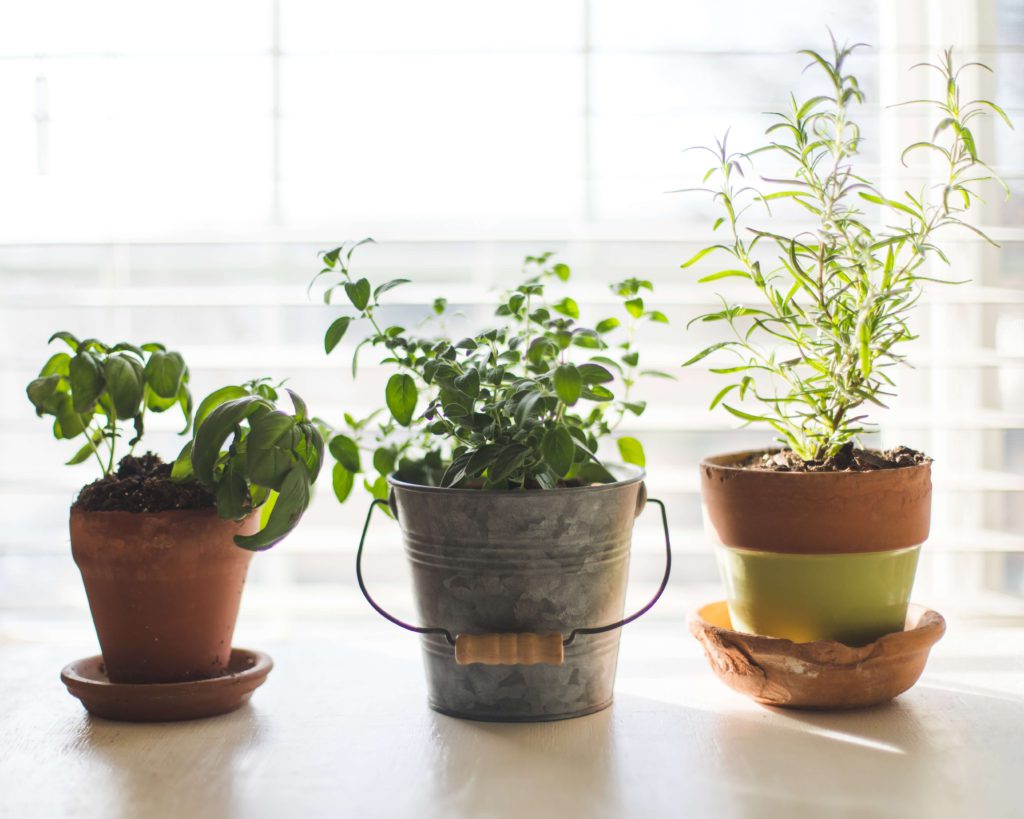
The rise of the indoor gardener
For many reasons, including economic and environmental ones, people — who can’t up sticks and head for the prairies — are turning their homes into scaled-down indoor fruit and vegetable gardens.
They are planting, nurturing, harvesting, and enjoying fresh and nutritious crops of lettuce, spring onions, strawberries, tomatoes, peppers, micro greens, legumes, carrots, and lots more all year round.
In response to this green-fingered trend, new techniques and technologies are being applied to make the process of year-round indoor gardening both financially worthwhile and personally rewarding.
Ordinary people everywhere are discovering the real joys and benefits of indoor gardening.
The benefits of growing your own food
- Save – Save money on transport costs and time spent commuting to the grocery store, plus, organic food is almost always far more expensive
- Freshness – There really is nothing quite like fresh fruit and vegetables, picked and used when needed
- Quality – As you are the ‘farmer’ you can trust that the food your produce is free from harmful chemicals and pesticides
- Taste – Whether its the crunch of fresh lettuce, or the sweetness of a ripe strawberry, home-grown just tastes better
- Environmental – Growing your own fruit and veg reduces the carbon footprint on the environment and reduces waste
- Pride – There’s a huge sense of pride in tasting the actual fruits of your labor
- Heritage – Gardening is something that can help teach your children the value of work, the environment, and the importance of good nutritional foods
- Choice – It’s up to you what you grow, so why not experiment
- Nutrition – It’s been proven that homegrown fruits and veg are far more nutritious than their commercially farmed cousins
- Happiness – Growing your own foodstuffs makes you happier, simple as that
Help a friend get their garden growing with Monetha Points
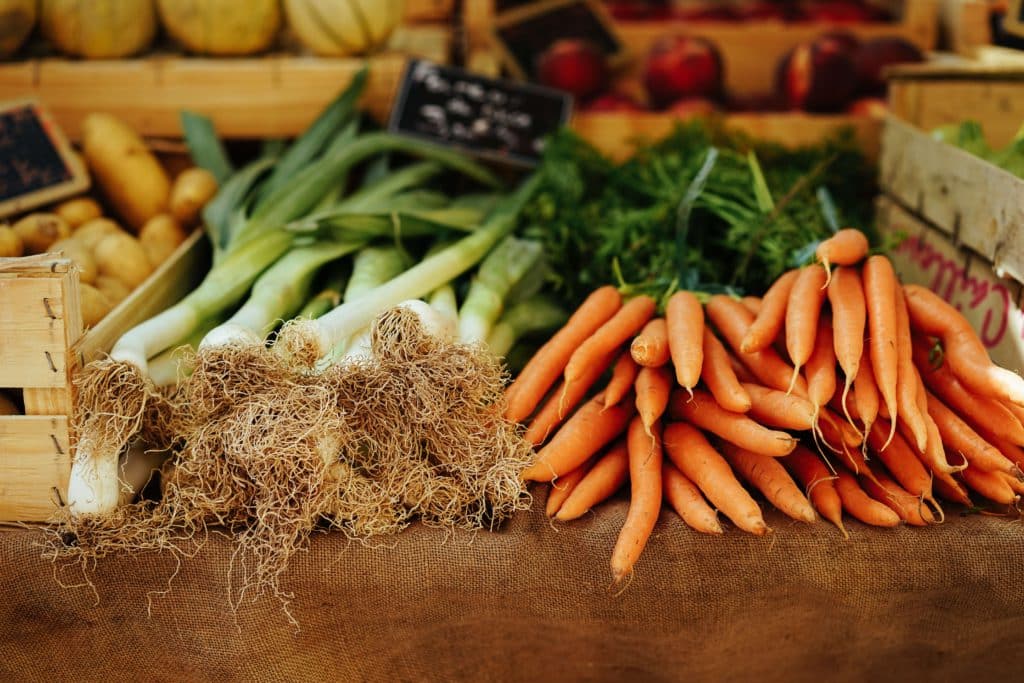
What you’ll need and how to get started growing your first crop
If you’re a total newcomer to the world of home food gardening you’re going to need a few things to get you started.
- Planting containers
- Potting mix – nutrient-rich
- Seeds or cuttings
- Large pots for repotting growing plants
- Great natural light – or, a grow light
- Bamboo rods for staking bean etc
- Hand trowel, paring knife, and other small tools
- Plant labels – don’t forget that most seedlings look the same
Now that you’ve got everything you need to get your indoor fruit and veg garden started, what happens next?
Actually in the beginning it’s pretty simple, with just four basic steps. But it won’t always stay that way; the more you grow, and the more successful you are, the more adventurous you’re sure to become.
The four easy steps to growing your own
Before we do any actual planting, you’re going to need to find the sunniest spot in the house. And don’t forget, a sunny spot by the window in summer may be pretty gloomy in winter.
The simple fact is that fruit and vegetables require about 14 hours of light per day — or even more.
If your home space can’t provide enough natural light, there’s always the option of installing hanging grow lamps.
These specially designed 25W LED lamps come in various sizes ready to match your needs, depending on your space constraints, and the number of plants that need light.
Even if you don’t have space to hang multiple lamps, they also come in a self-standing 60W version with adjustable positioning.
However, with or without grow lamps the planting and growing process will be the same.
Here’s how it works.
Save on a garden? You bet!
Get everything for your gardening needs via rewards app shops and receive great bonuses! Redeem rewards to gift cards and cryptocurrency.
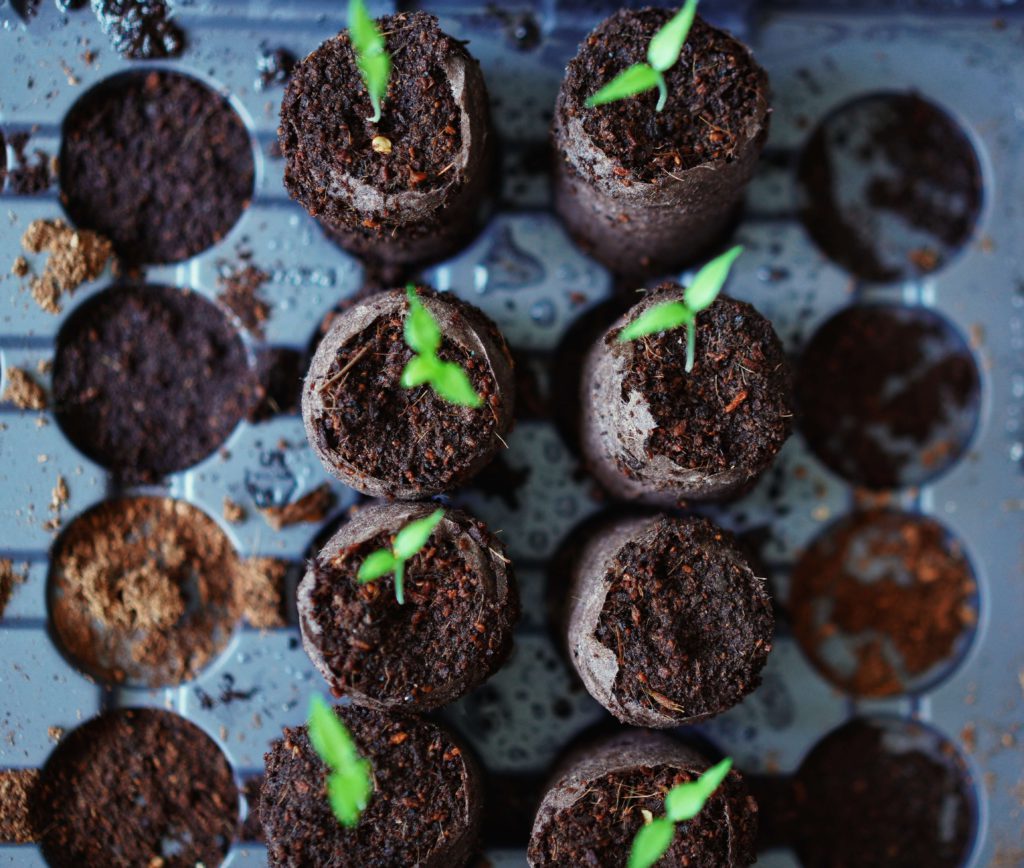
Step 1 – Sowing your seeds
Once you’ve found the sweet spot with great light it’s time to fill your planting containers with nutrient-rich potting mixture.
Water the potting mixture and plant the seeds according to the instructions on the seed packet.
For the first stage of the process, empty cardboard egg trays work perfectly well. You can plant up to 12 seeds on each side of an empty egg carton, at no extra cost.
Once you’ve planted the seeds cover them with a thin layer of soil.
You can also buy specially-designed propagation trays that come with a protective lid and considerably speed up the germination process (the process where a seed transforms into a tiny plant).
Germination can usually be carried out on the sill of a sun-facing window. But remember to keep the soil damp at all times.
Shop and earn valuable points with Monetha
- Because you can’t grow everything, Edelweiss Blumenversand delivers fresh bouquets and cut flowers every day for all occasions
- For aquarium lovers, aquaristic.net offer thousands of specialist aquarium, terrarium, and garden pond essentials, and accessories
- Desiary offers beautiful gift ideas and home accessories for customers worldwide
- Efficient, eco-friendly LED lighting technology from GreenIce
Step 2 – First green shoots
If the germination process has been successful, small green shoots bearing two tiny leaves should begin to appear in the potting trays where the seeds were planted.
The appearance of the green shoots usually takes about two weeks from planting (depending on what you’ve planted) — if you’ve done everything right.
If you have done everything right, and your trays are full of baby carrots, peas, or whatever, you can pat yourself on the back and say congratulations, you’ve taken the first step to become an indoor farmer.
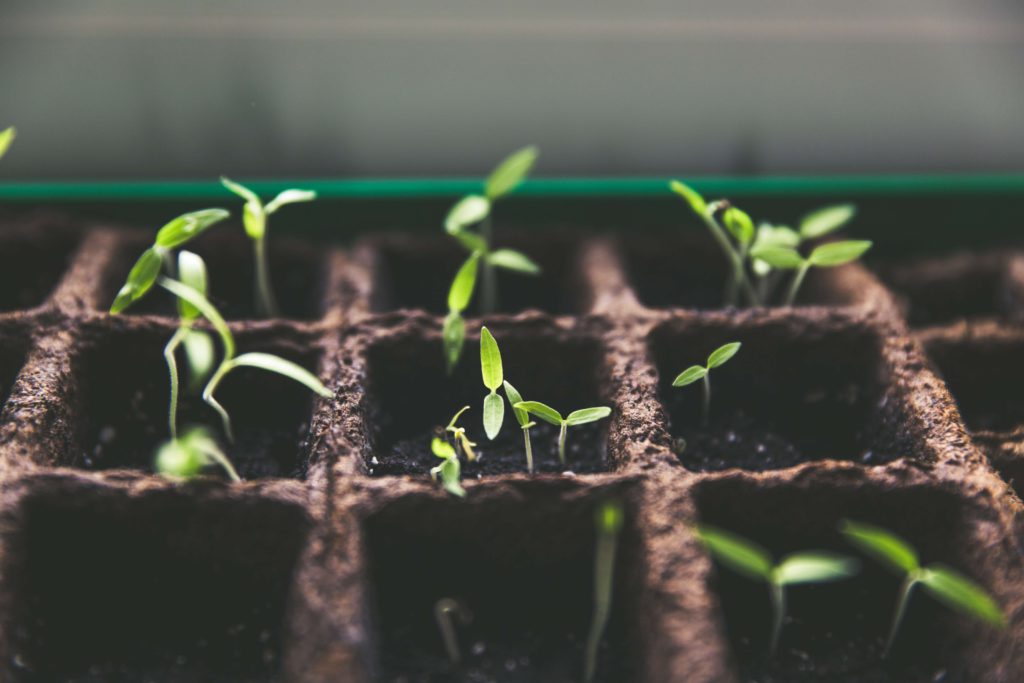
Step 3 – It’s time for re-potting
When those two tiny green leaves turn into four or more it’s time for your seedlings to be re-potted. But here comes the tricky part.
Each individual plant will need to be re-potted in its own pot, just to make sure it has enough room to grow.
And remember, if the seedlings happen to be carrots, onions, or even tomatoes with deep roots, they’re going to need lots of room to grow downwards as well as upwards. Up to 12 inches (30.5cm) is usually enough.
Another thing your budding veggies will need at this point is good drainage. This can be done by making a few small holes at the bottom of the plant containers if they don’t already exist.
Other types of vegetables, like micro greens and salad leaves, require less soil — usually, 2 to 3 inches (5-9cm) will be enough.
Step 4 – Time to raise your babies (and eat them)
The beautiful thing about fruits and vegetables, once you’ve given them a good start in life, is that they pretty much grow themselves.
Having said that, you’ll still need to make sure they get the right amount of sunlight and the right amount of water.
For many plants, too much light and water can be just as harmful as not enough.
If you’ve done everything right and managed to avoid nasties like bugs, disease, molds, etc. it’s time to enjoy the fruits (and vegetables) of your loving care and attention.
Once you take the very first bite of your home-grown produce, you’ll be hooked on indoor gardening for life.
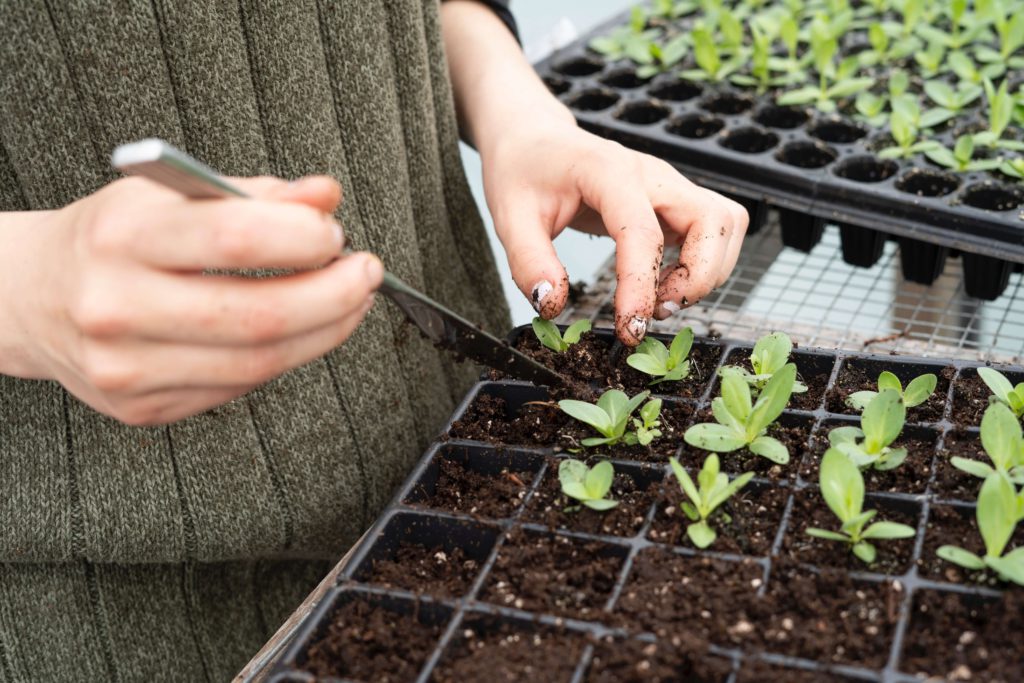
The future of home gardening?
For anyone who likes the idea of gardening without actually doing any of the heavy work, technology companies have delivered an indoor garden that cares for itself.
Without all of that digging and the dirty fingernails that go with it, you can experience the benefits of having your own garden, wherever you live.
Using biodegradable plant pods, containing both seeds and nutrients, the modern high-tech indoor garden systems grow fresh and tasty herbs, fruits, and vegetables all year round.
The futuristic gardening system also boasts automatic water, light, and nutrient delivery that ensures your fruits and vegetables get everything they need, in the right amounts, to thrive.
For some people, this may be the future of gardening.
But, for gardening purists, nothing will ever replace the joy of planting the seed, watching the first green shoots, and even overcoming the problems of bugs, bad light, and diseases.
Fruit and veg all year round
Pretty much any vegetable can be grown indoors — fruits can be a bit more tricky, especially fruits like pears, apples, plums, and other fruits usually associated with bushes and trees.
Available space and light will most likely be your most limiting factors. But, if you have enough space, and the money to provide ample grow lamps, the sky is the limit.
Growing indoor vegetables isn’t complicated
Tomatoes, carrots, onions, radishes, beets, broccoli, spinach, peppers, lettuce, celery, and even potatoes if you have enough space.
The truth is, growing indoor vegetables is not as complicated as you might think.
Although your ultimate dream might be a large garden in the countryside, indoor fruit and vegetable gardening is great way to plug the gap until you reach that stage. For others, indoor gardening is a way of life.
With the right preparation, enough grow lamps, and a little ambition, you too can have fresh fruit and vegetables ready for harvesting all year round.
ready? Here's your welcome bonus!
Sign up to Monetha’s app and get a welcome bonus of 2000 points to start your earnings journey!
